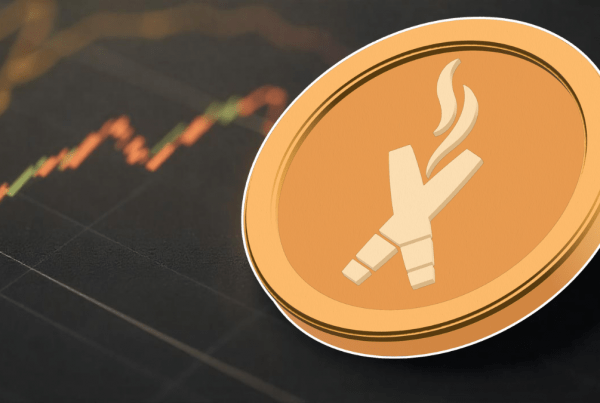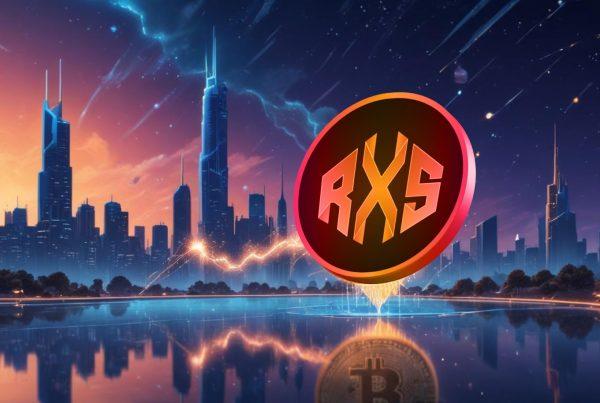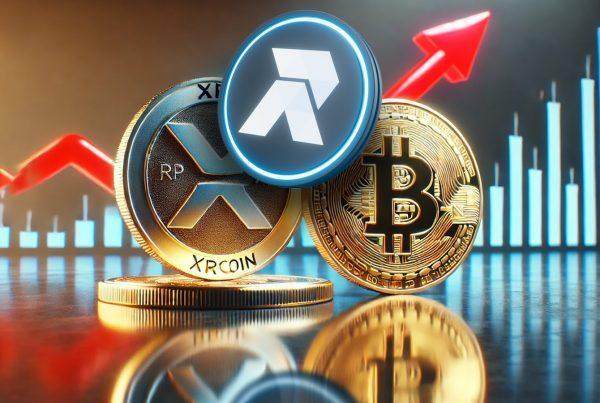Everyone trades currencies. Well, nearly everyone. Not just through brokers like here at EverFX. From airport counters where funds are exchanged for travel purposes to the big banks trading on a much larger scale – most people in the world have traded currencies over and over throughout their lives. Currency is a part of a nation’s personality – it represents the country and permeates its culture to the point where most people are more likely to know the name of a country’s currency than the name of its capital. We trade our USD for EUR, so we can travel from New York to Paris. We trade EUR to JPY to go and see Tokyo. We trade our JPY to GBP when we travel to London. But where are we traveling to when we trade USD to XRP?
In this article I will discuss the following subjects:
- What is XRP – a short introduction.
- Trading in XRP – who are the target traders?
- The price of XRP stock – what will it cost you to turn XRP to USD?
What is XRP?
Before we get into the price of XRP in dollars, we need to look at what it is and where it came from. Ripple came on the scene in 2012 and – within no time – became a real force in the crypto market. But the events leading to the establishment of this cryptocurrency can shed light on its primary purpose and its creation.
The Ripple Project (Ripplepay.com) – which was the predecessor of the XRP ledger – was founded by Ryan Fugger in 2004. This happened four years before Bitcoin’s whitepaper was published. At the time, Ripplepay.com described the Ripple Project as “A financial service that allows users to extend credit lines to their friends, family, and associates and make payments in traditional and online currencies.”
Around the same time, Jed McCaleb was occupied by the eDonkey Network, which enabled people to share files online in a decentralized peer-to-peer way. McCaleb took an interest in creating a digital currency system and started working on it in May of 2011 with
David Schwartz and Arthur Britto. With a background in decentralized file sharing and a growing interest in cryptocurrency all around, it’s no wonder McCaleb came up with an idea to combine these elements.
In 2012 he transferred ownership of Ripplepay to Chris Larsen, and Jessie Powell, who went on to found OpenCoin. OpenCoin was designed to facilitate real-time direct financial transfers in any currency. That would reduce fees and transfer delays and disrupt currently operating payment systems.
In 2013 OpenCoin changed its name and brand to Ripple Labs, and in 2015 the name changed to Ripple. The changes caused a bit of confusion around the semantics of the company but did not detract from its growth and success. It took the network less than six years to become a significant force in the busy crypto market. In 2015 Ripple opened offices in Sydney, London, and Luxembourg, and in 2016 the Global Payments Steering Group started operating. It was created to oversee Ripple transactions.
XRP and Ripple can credit their growth to the Ripple community, which has been actively buzzing in forums and social media.
Today, Ripple.com boasts over 300 users (many institutions, predominantly of the financial variety). With XRP, an institution can have funds nearly instantly and conduct transactions without having to earmark a certain sum for it in advance.
According to Ripple.com, a transfer takes up to 3 seconds, and the XRP ledger can handle up to 65,000+ transactions per second. It is based on blockchain technology with validators around the globe.
Trading in XRP
According to Ripple.com, they aim to reach a point where the movements of funds around the world resemble the flow of information through the world wide web – instantly and cheaply – similarly to files being shared over the internet. However, it is not made to be used by private people paying their bills, unlike file sharing, which is available to all. File sharing succeeded partly thanks to the size of its audience, which was anyone with an internet connection. This cryptocurrency has a target audience comprised of organizations and institutions, so it appears it cannot expect to succeed. However, it seems the opposite is true. With all their technological advances, the additional new features being added, and the diverse pairings available, Ripple does not suffer from a paucity of users. According to their website, they currently have over 300 financial institutions around the world using their cryptocurrency.
XRP stock price
At the time this is being written, XRP stock is blowing up, and bitcoin is flatlining. It is the third-largest digital asset by market capitalization, and it went up 10% in the last 24 hours. The value of turning XRP to USD is now 0.28$, as opposed to the 0.25$ of yesterday. It has been months since this coin’s value has been this high. This uptick appears to be related to the launch of a new financial vehicle by BitMEX’s, which launched only a few hours prior to the rising value of XRP. The new vehicle is tracking the XRP to USD performance, and this rise suggests many users are preoccupied with speculation about the influence of the new vehicle on this coin.
But can it get even higher? In the past 24 hours, it has been holding pretty steady with a slight dip of 0.1% in the past couple of hours. In spite of this dip, there are several notable market analysts who would advocate this cryptocurrency can and will rise even further. Back in January, the altcoin behaved in a way similar to bitcoin right before its massive growth. That break and hold of the range equilibrium, which XRP had right at the start of February, is preparation for a strong surge for XRP.
That said, some analysts suggest otherwise. Extreme funding rates sometimes suggest inflection points in markets, Which means XRP’s rise could very well stop soon because longs are severely overleveraged compared to shorts.
Most opinions fall on the side of the rise, as the coin is firmly supported near the $0.2730 and $0.2700 levels, and it seems it only needs to reach 0.2810$ to rally up to $0.3000 or even higher.
So what have we learned?
What we’re looking at is an innovation in cryptocurrency that is popular among financial institutions. It enables companies and institutions to increase liquidity within seconds at low rates without having to pre-fund. It provides these institutions the ability to conduct real-time transactions across borders with reduced rates in comparison to standard processing fees of international transactions. Though it has been having some tough months, it seems to have gotten the wind at its back in the past couple of days, and many predictions say it will rally higher.



